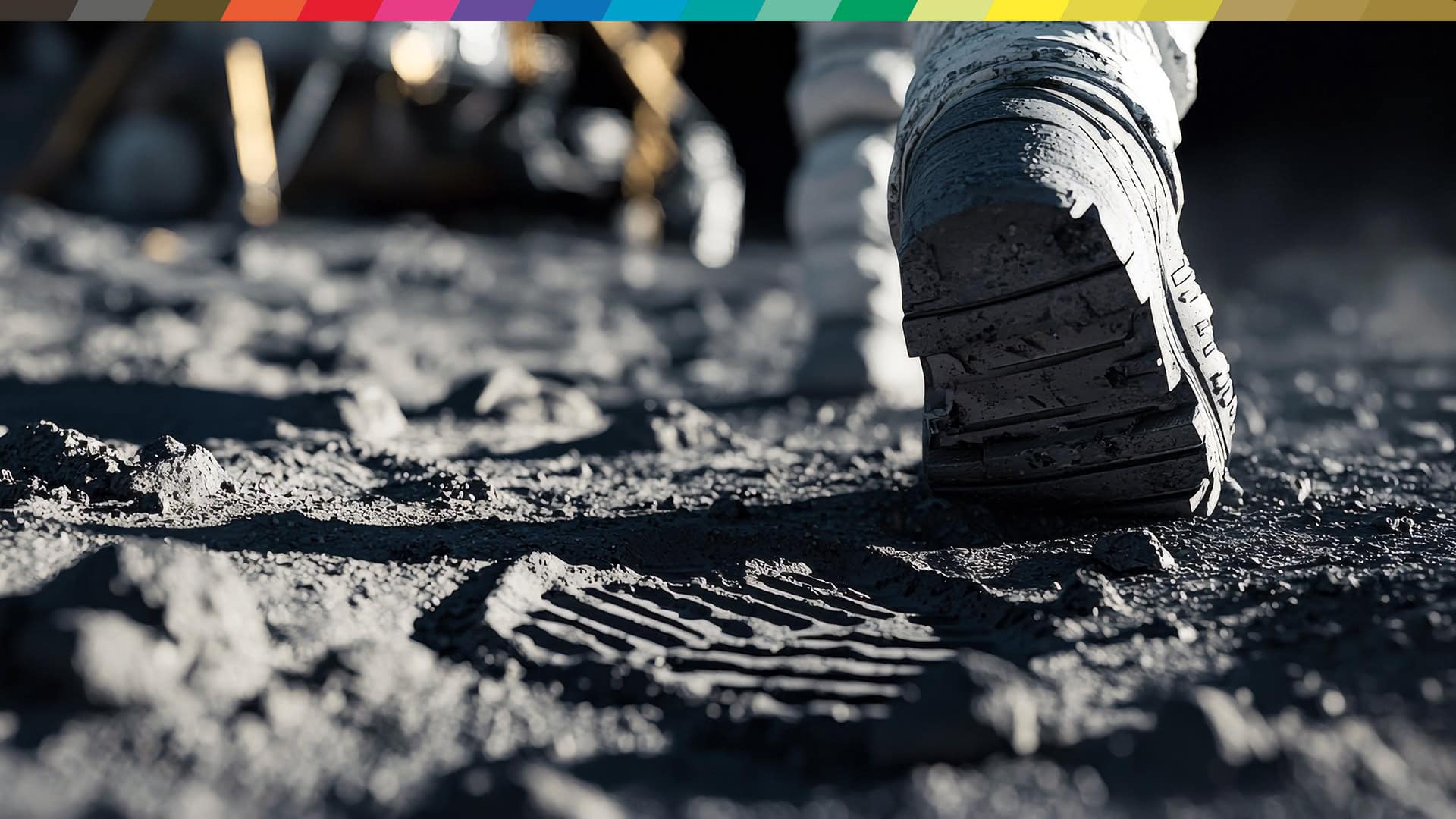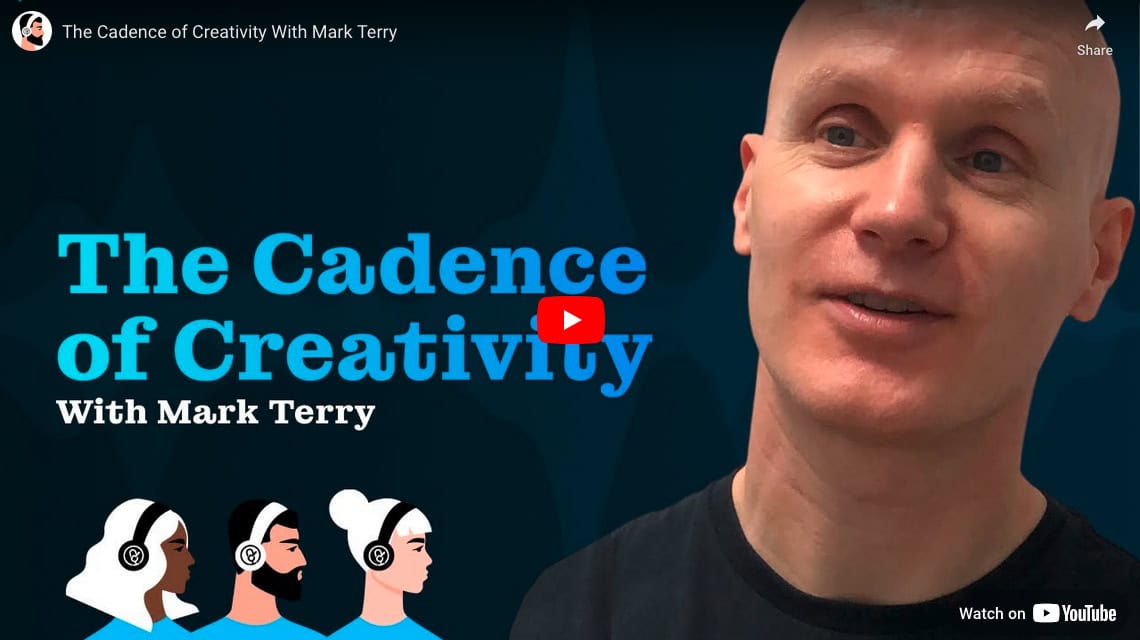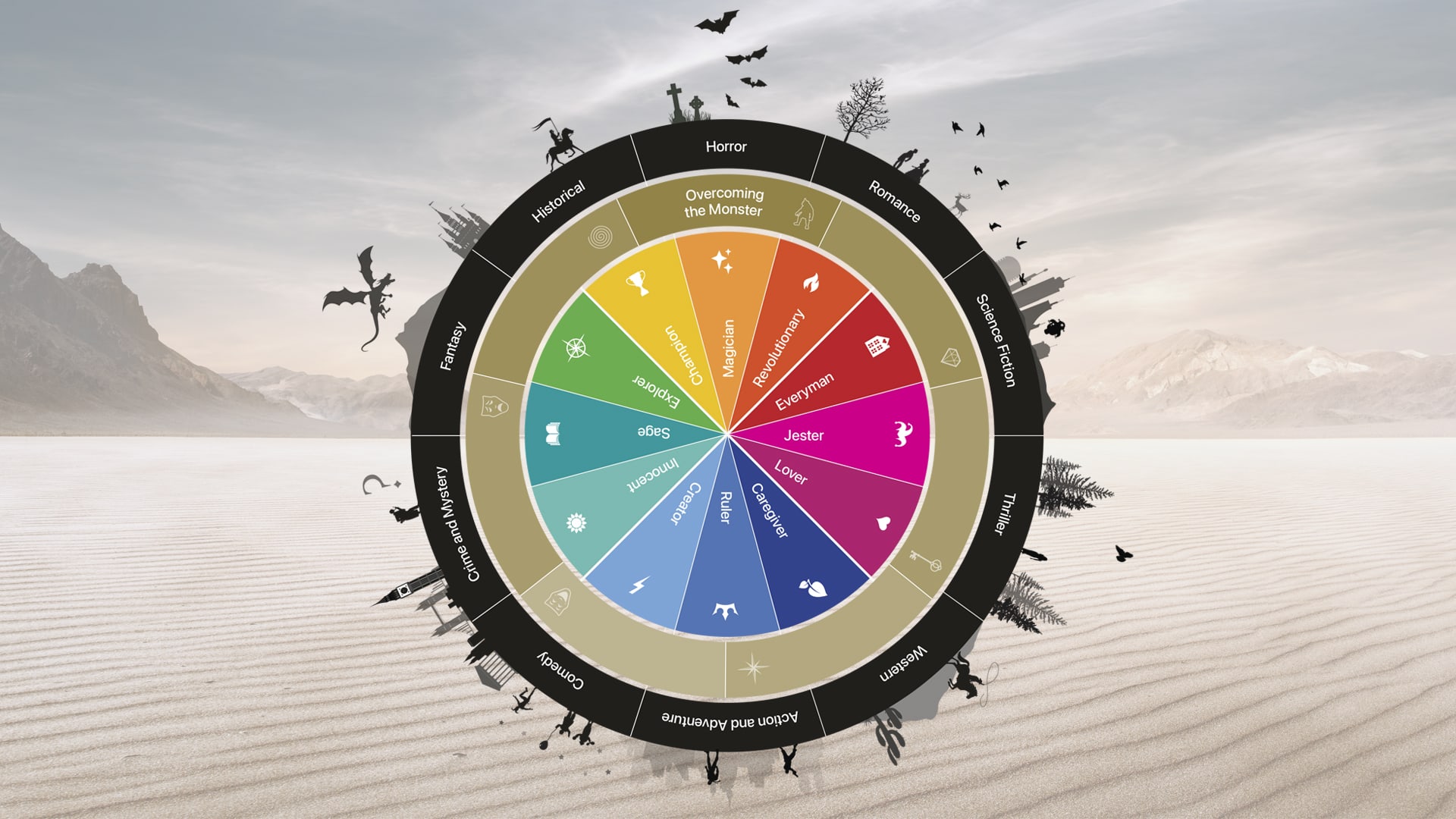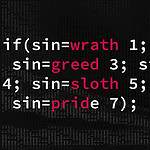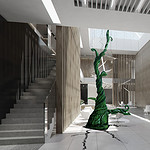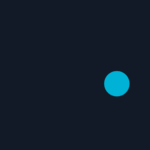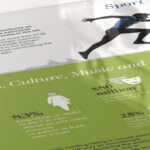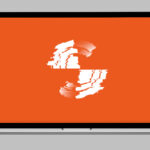What does AI look like to you?
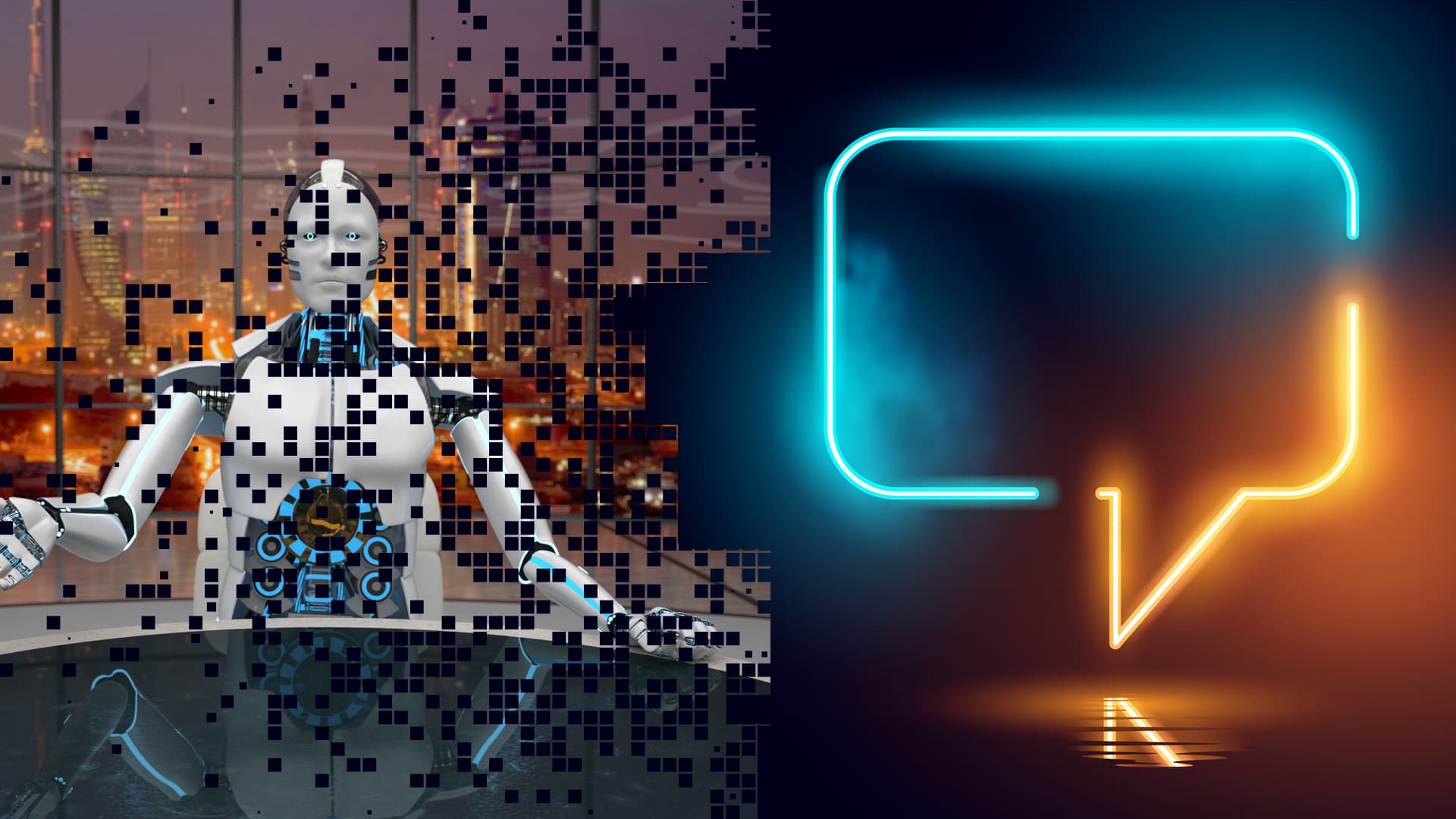
When is a chat show not a chat show? Are we misleading people with AI visualisation?
Visu-AI-lisation
When someone refers to AI, what do you think of or visualise? A robot perhaps, or circuitry or binary code?
AI has been gradually pervading our lives for years now, but over the last 12 months the technology has well and truly entered mainstream consciousness, thanks to generative AI tools such as chatbot ChatGPT and text-to-image generators Dall-E 2 and Midjourney. In January, ChatGPT reached 100 million monthly users – an even faster rate of adoption than social media giants including Instagram and TikTok. Unsurprisingly, the pace of development is provoking much debate, with discussions ranging from AI’s big fat copyright problem to whether it has the potential to replace human creativity altogether.
For designers, one of the challenges that presents itself with any new technology or sector is how to approach building the visual world that surrounds it. In other words, what should an AI brand look like?
Canine or K-9
Unlike the word dog, which clearly signifies a four-legged furry friend for most of us, the term AI can conjure up a whole host of signifiers or visuals that are often either ‘alien’ or misleading human anthropomorphic figures.
This isn’t really surprising given that artificial intelligence is essentially intangible, or if not exactly intangible, it isn’t something that is easily or commonly understood unless you’re a software engineer. Like human intelligence, AI becomes manifest in the results it produces, like a factually correct answer to a question.
For this reason, it can be difficult to get a handle on what AI looks like. We talk about it in terms of machine learning and computers programmed to think for themselves as humans do. Perhaps it is little wonder then that for many of us AI wears a humanoid’s face. It’s how we visualise it, give it a physical form and make sense of it.
But are we giving AI the right ‘face’? And if we aren’t, are we in actual fact hiding its true identity, meaning and intention?
Better Images of AI thinks we aren’t and is on a mission to highlight the danger of representing AI in stereotypical ways that either mask the involvement of humans in its development or imply that it is capable of sentient thought and action.
/
Images representing AI as sentient robots mask the accountability of the humans actually developing the technology, and can suggest the presence of robots where there are none.
– Better Images of AI
Elephants in the chatroom
As a creative tasked with working within and developing accepted visual systems, I’d like to thank Better Images of AI for pointing to this particular elephant in the creative chatroom.
I take the point that lazy visual representations of AI can mask its human origins, liberating its creators from any accountability. But, the reality is that creatives often need to anthropomorphise new and complex ideas to successfully communicate them to an audience. It is the human angle and connection that aids understanding and enhances empathy. What’s more, we rely on recognisable signifiers, symbolism and iconography to communicate information quickly and effectively.
Catch-22
Like any other language, a visual language needs to be agreed and shared if its meaning is to be conveyed and a mutual understanding arrived at. So, it is always a challenge to come up with a novel visual language or way of describing something that’s new and emerging. I mean, exactly how do you make something identifiable that has never existed before or has no tangible form? In a lot of cases, the answer is to look to the familiar and to represent the new in relation to this. This is how creativity can help to demystify unfamiliar concepts. Just think of some of the iconography developed to signify the existence of things in the digital world that are based on objects in the physical world. An envelope, for instance, is used to signify email or a cloud to signify virtual servers.
As a B2B creative agency, we are often tasked with visualising research findings or technical processes in order to bring them to life. It’s by humanising them that we are able to convey the real meaning as well as the relevance and benefits for a human audience. We do always aim to find the most innovative or compelling way of communicating, but rendering some sort of innovation recognisable without diluting or dulling its newness is the conundrum we’re continually trying to solve.
People are often quite naturally sceptical and sometimes fearful of the new and its unknownness. Making it familiar in some way is what helps to reassure them. While Better Images of AI makes a valid point concerning how the use of common AI tropes can feed some people’s fear of technology as something other and altogether separate from them, I would suggest that for many people they provide reassurance. The popular Michelangelo Sistine Chapel meme that shows a robot and human finger almost touching, for example, can be seen to illustrate humanity’s connection to and responsibility for AI. In this representation, humans are shown quite literally to have a hand in AI’s creation.
All said and done, though, I agree that there is a pressing need for us to evolve the way we visualise AI and technology. We must develop and refine the visual language we use to represent it if we are to continue to communicate ideas effectively and avoid people turning off to them. Which is something they no doubt will do and not necessarily through fear. Boredom may be what turns people off if the visual concept appears well-worn or cliched, or indifference if it lacks relevance for them. As marketing and news teams are pressurised into publishing content at an ever-increasing frequency, often at the expense of editorial creativity, we are just likely to see an increasing reliance on what has gone before. We therefore need to find new ways to convey this technological evolution. Let’s see what we can do. The iconography shift begins here!
Better Images of AI are creating a free library (under Creative Commons) and are constantly looking to add fresh ideas to their repository. Please help to spread the word!
The magicʼs in what we do together
We will be your partner for inspiring content, data visualisations and brand design. Add our independent thinking to your capabilities for alchemy that delivers creative gold – from concept creation and ideation through to execution and delivery.
We’ll work closely with you to create the kind of chemistry that makes you shine.
Let’s start the alchemy
